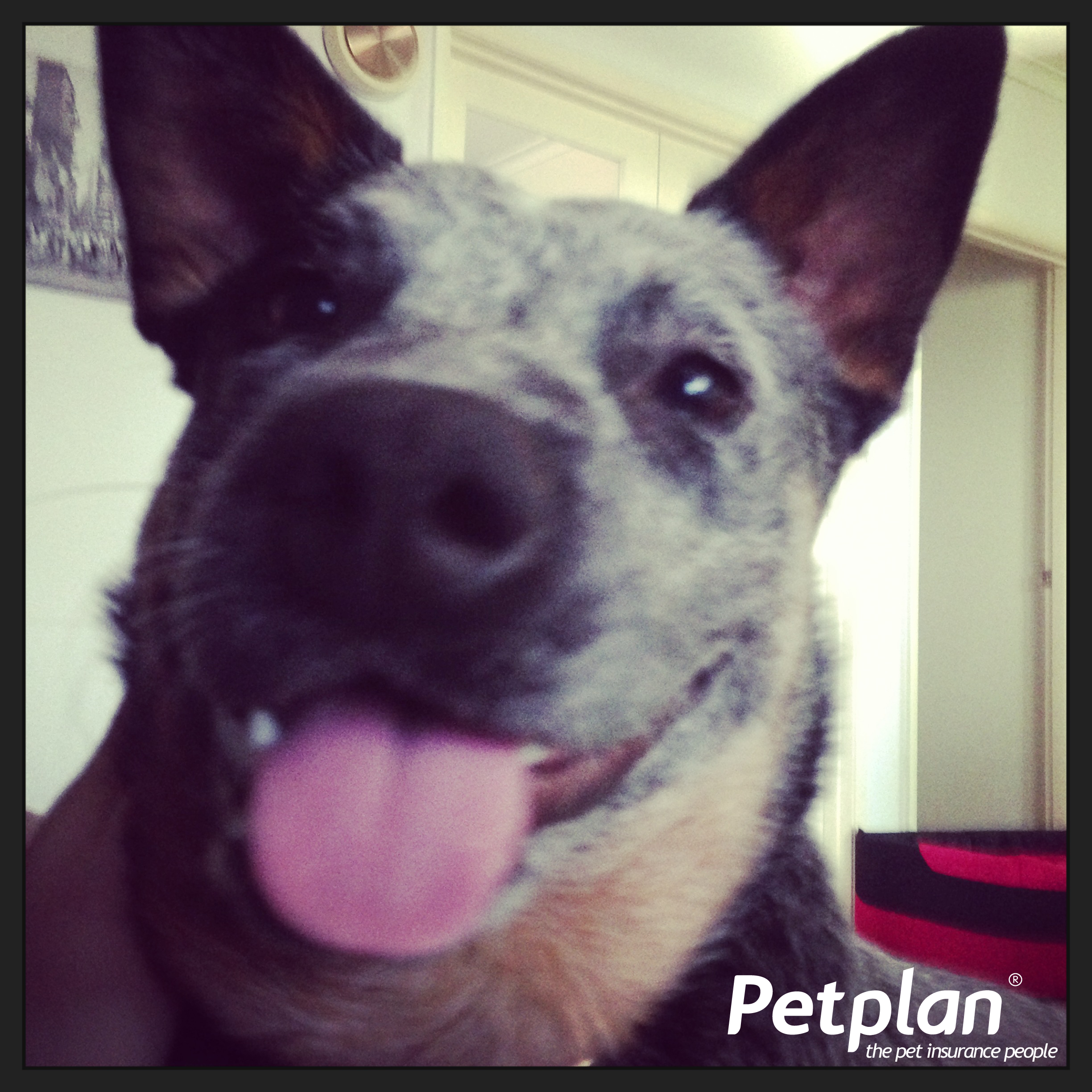
The Australian Cattle Dog, which is also known as a red or blue heeler, was bred for maximum performance on the farm. Although in recent years it has become a popular pet.
History:
Some say that Australia owes its thriving beef industry, in part, to the Australian Cattle Dog. In the 1800???s Australians in New South Wales and other parts of the country, who managed the thriving cattle properties, wanted to find the perfect working dog for their extreme weather conditions and particular landscape.
Lots of Stockmen experimented in trying to find the best type of Cattle Dog to manage their stock. Around the 1840s, Thomas Hall of Dartbrook just north of Muswellbrook, established the original Australian Cattle Dog by breeding the (Australian) Dingo with a well-known English dog, the Northumberland Blue Merle.
After years of selective breeding and improving, by early 1900???s the Australian Cattle Dog (also known as the Heeler) was registered as a breed within its own rights.
Appearance:
The Australian Cattle Dog is a strong and sturdy looking working dog. The ideal Heeler is muscular, has symmetrical colours and is built for endurance working. There are two colours in the breed; the Red Heeler and the Blue Heeler. The Red Heeler is red speckled and may have red markings on their head. The Blue Heeler is blue mottled or speckled and may have black and tan markings on their head. Often called ???the laughing dog??? the Heeler???s mouth is often in an upturned or ???smiling??? position.
Temperament:
It is hard to find a dog that rivals the Heeler in intelligence and agility. The Heeler finds purpose in minding their family, treating them like their herd (they may even attempt to round you up) and will take on other animals as theirs. However, Heelers are not naturally friendly to strangers and should be introduced slowly.
Training:
While Australian Cattle Dogs make excellent pets, new owners should be weary of how much exercise and training their dog???s will need. The heeler thrives on learning and pleasing their owner, but left to their own devices, they can be rowdy and destructive. If you do not give your Heeler a job to do (fetch, running or picking up their toys) they will find their own purpose (digging up the backyard, rounding up the cat or obsessively barking).
Health Problems:
All dog owners should be mindful and vigilant when it comes to veterinary care, but Heeler owners should watch out for and pay particular attention to possible hereditary concerns, including:
- Hip Dysplasia
- Congenital Deafness
- Progressive Retinal Atrophy
This Blog was written by the furry family at??Petplan Pet Insurance??&??Petplan Equine??Australia. We love pets and ??people who love pets!??We offer pet Insurance for Dogs, Cats, Horses & Ponies (including third party liability; horse floats, saddlery & tack). We specialise in ???covered for life??? dog insurance, cat insurance and equine insurance. Please visit us on??facebook??or on our??website.


